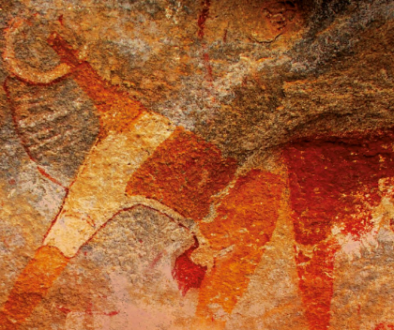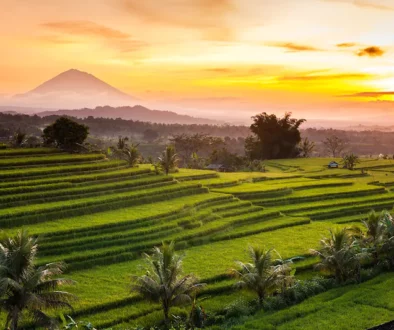Spiritual Governance as an Indigenous Behavioural Practice: Implications for protected and conserved areas
John Studley & Peter Horsley2019
Many of the world’s sacred natural sites are located in territories inhabited by indigenous animistic people and are characterised by spiritual governance, spiritual agency, and biodiversity. Although the significance of indigenous sacred natural sites is being recognised by conservationists’ as biodiverse refugia, the importance of spiritual governance is not well understood. Through attachment; engagement; and social, cultural, and ritual behaviour, indigenous sacred natural sites reflect the physical, biological, spiritual, and cultural character of everyday lives. Typically, the owners and custodians are numina, who place behavioural demands on humankind in return of protection, governance, and blessing. Based on research in southwest China, the aim of this chapter is to provide evidence on the importance of spiritual governance as a prerequisite for protecting the biocultural integrity of many of the world’s indigenous sacred natural sites. The chapter concludes with a polycentric legal framework for spiritual governance and examines the implications for the management and governance of protected and conserved areas.
Reference
John Studley & Peter Horsley (2019) Spiritual Governance as an Indigenous Behavioural Practice: Implications for Protected and Conserved Areas, in B. Verschuuren and S. Brown (eds) Significance of Nature in Protected Areas. Governance, Management and Policy. Earthcan, p. 72-84.




